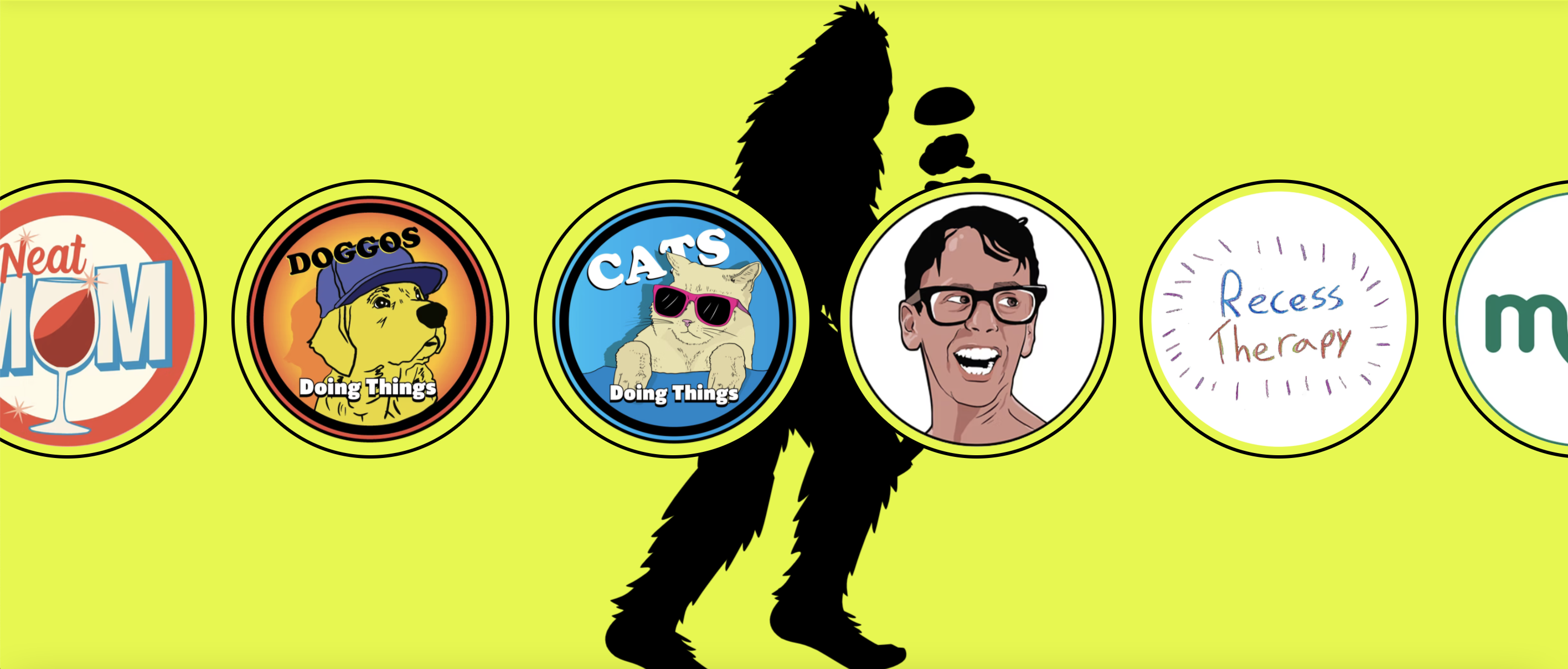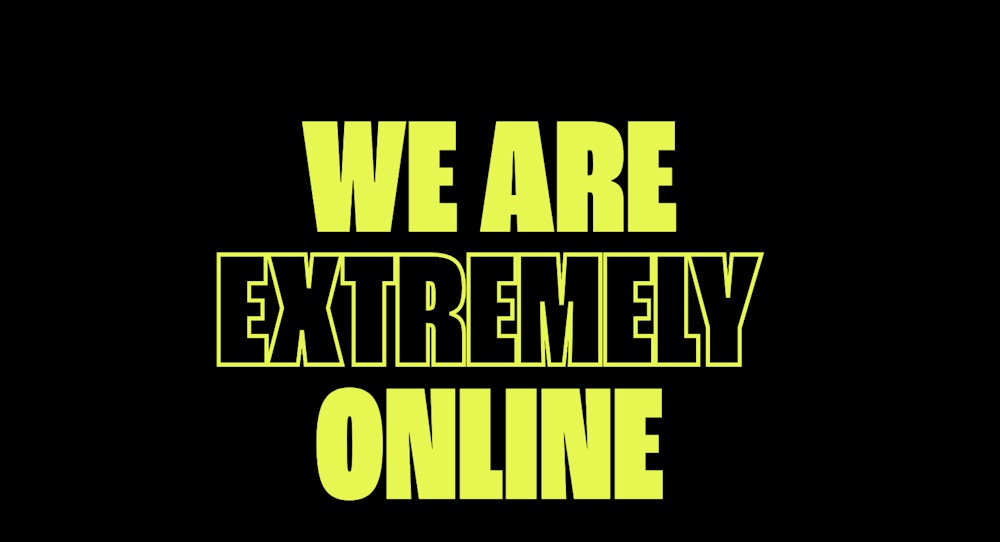Why Volition Capital invested in Doing Things Media (DTM)
As internet platforms enable the largest influx of digital entrepreneurs and creators in history, Volition has been investing in platforms that provide these entrepreneurs with liquidity through consolidation. The common denominator for these internet platforms is out-of-the-box infrastructure and immediate scaled distribution. Through consolidation, there is the opportunity for back-office efficiencies and the ability to invest to drive revenue growth.
Core to our consolidation thesis is finding markets with underlying secular growth. This allows for organic growth of acquired assets and an increasing pool of potential acquisition targets. After outlining all the internet platforms our team could generate, one of the sectors that stood out to us was social media. Not only does this represent one of the largest existing markets but it is also one of the fastest-growing markets, relative to other internet platforms.
Instagram has over two billion users. That is roughly 25% of the entire global population. Let that sink in—there are few markets with this type of scale. Despite this scale, Instagram users are still growing ~19% annually as younger generations join social media and global smartphone adoption increases. This has also led to faster adoption of new social platforms. It took Instagram eight years to reach one billion users, while TikTok passed this milestone in just five years.
The scale and growth of social platforms led our team down the path to find a company that also realized this unprecedented opportunity. We are thrilled to announce our recent internet consolidation investment in Doing Things Media, a native social publisher that owns and operates more than 25 brands across social platforms.
Why did we invest in DTM?
We are experiencing a secular change in consumer viewing patterns. Consumers are spending less time on traditional entertainment mediums and more time on mobile. The average American watched 3.1 hours of TV a day, whereas they spent 4.1 hours on their mobile device and 2.5 hours on social media in 2021[1]. Ad spend follows consumer eyeballs and is shifting from traditional mediums to these high engagement social platforms.
Native social publishers are capitalizing on this consumer behavioral shift through content that is viewed passively on social feeds. This differs from native web publishers that utilize social channels or paid ads to drive traffic to their websites for longer-form content. The passive social views are monetizable through branded content, programmatic ads, and ecommerce revenue that is amplified by social virality with high engagement metrics.
Compared to traditional media and most digital media businesses, native social content teams require significantly less headcount. The ease of producing memes and posts, utilizing UGC, and creating raw video content, requires less overhead and results in attractive cost structures for a very scalable business.
Social networks are all competing for creators to utilize their specific platform which leads to higher user engagement. The most effective way to incentivize creators is through increasing monetization capabilities.
Facebook has committed to investing $1B in programs that give creators new ways to earn money and make a living from their content. TikTok recently rolled out a tipping functionality for live videos. These monetization features will continue to expand and make it possible for passive income streams for creators.
Creators are often compensated based on RPMs (revenue per mille), meaning the revenue per thousand impressions of an advertisement. As ad spend is currently outpacing user growth on social platforms, RPMs will continue to increase from higher demand of a limited supply of ads.
Even with privacy updates that may make user targeting more difficult, there is no alternative to the social platforms’ reach and scale. This scarcity value means creators will receive more revenue for each impression.
Compared to traditional media and most digital media businesses, native social content teams require significantly less headcount. The ease of producing memes and posts, utilizing UGC, and creating raw video content, requires less overhead and results in attractive cost structures for a very scalable business.
Meet doing Things Media
When we started to evaluate the native social publisher space, we looked at all our favorite social accounts that we share with family and friends. We found that most of these viral accounts are run by Doing Things.
The two Co-founders, Reid Hailey, and Derek Lucas are considered part of a small group of first movers that popularized viral accounts through meme culture by creating and developing social media brands such as Animals Doing Things, Recess Therapy, and Middle Classy Fancy.
The team recognized an opportunity to scale beyond their core content verticals through social publisher consolidation and creator partnerships to complement the organic growth strategy.

Owners of multiple social publishers with a large audience reach can create a growth flywheel by professionalizing the account’s content strategy without changing the voice of the page, cross-promotion to increase followers, and expanding revenue channels.
At the core of everything the DTM team creates is genuine “content that doesn’t suck” to connect people through positive social interactions. The way that people communicate or stay in touch is changing and memes were found to increase positive emotions that help cope with the pandemic.
We are excited to partner with Doing Things to help them achieve their goals as the largest native social publishers through organic growth and acquisitions.
[1] App Annie Intelligence and Statista

